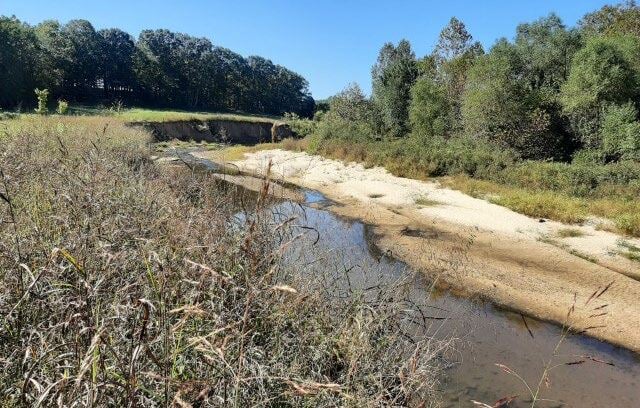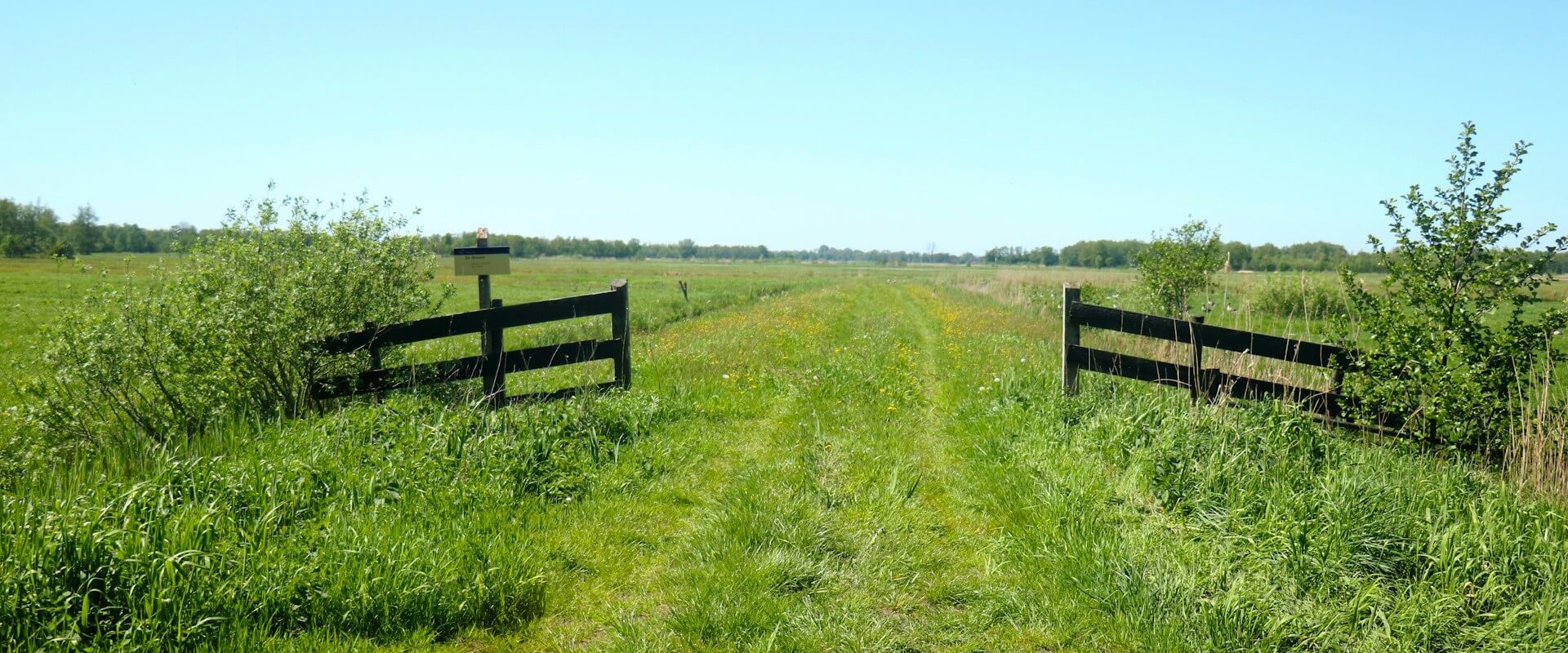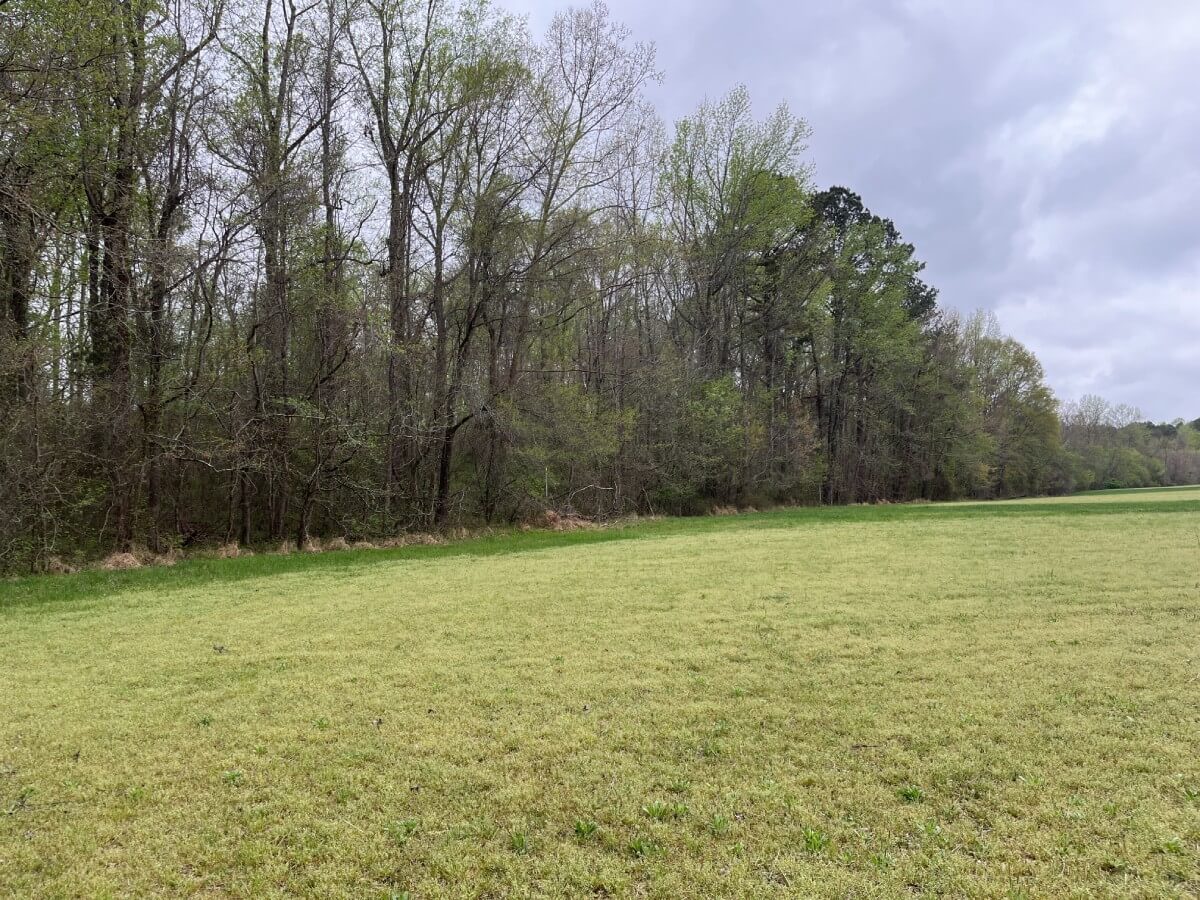What Are Mitigation Credits?
Mitigation credits are units of compensatory environmental value that are used to offset the impact of land development or other activities that cause damage to wetlands, streams, endangered species habitats, or other environmentally sensitive areas. These credits are typically bought and sold through mitigation banks to comply with federal, state, or local environmental regulations.
How Do Mitigation Credits Work?
When a company or developer impacts jurisdictional wetlands, streams, or endangered species habitats due to construction or industrial projects, regulatory agencies (like the U.S. Army Corps of Engineers, US Fish and Wildlife Service, and the EPA) may require them to mitigate these effects.
This is where mitigation banks come in…instead of the company restoring land themselves, they can purchase mitigation credits from a certified mitigation bank. This creates a pre-approved conservation project that restores or enhances streams, wetlands and natural habitats.
What are the Types of Mitigation Credits?
Mitigation credits are classified based on the type of ecological resource they protect. The three most common types include:
1. Wetland Mitigation Credits
- Required under the Clean Water Act (CWA) for any project affecting jurisdictional wetlands or water bodies.
- Developers purchase these credits from wetland mitigation banks, which restore or enhance wetland areas.
2. Stream Mitigation Credits
- Required for projects impacting jurisdictional streams, rivers, or other waterways.
- Mitigation banks improve stream buffers, stabilize banks, and restore water quality to generate these credits.
3. Conservation (Species) Mitigation Credits
- Used to offset harm to endangered species habitats under the Endangered Species Act (ESA).
- Conservation banks create and maintain habitats for threatened or endangered species, generating credits for sale.
Mitigation Banking Process for Credits
Mitigation banking functions as a credit system, where developers can offset unavoidable ecological damage by purchasing credits from pre-approved conservation projects.
The process begins when a developer plans a project that impacts jurisdictional wetlands, streams, or habitats, triggering regulatory requirements for mitigation. Instead of conducting their own restoration efforts, they can buy mitigation credits from a mitigation bank, which has already restored, enhanced, or preserved an ecosystem.
The mitigation bank's conservation efforts are assessed and approved by regulatory agencies, which assign credits based on the ecological value of the restored land. When the developer purchases credits, they effectively transfer their mitigation responsibility to the bank. This allows the project to move forward while ensuring that the environmental impact is offset through a larger-scale, professionally managed conservation effort.
Once credits are sold, the mitigation bank is responsible for maintaining and monitoring the restored land under perpetual conservation easements, with oversight from regulatory agencies to ensure long-term ecological benefits.
Why Are Mitigation Credits Important?
Mitigation credits are an essential tool for balancing ecological protection and economic growth. Whether you’re a land developer, conservation professional, or policy maker, understanding how mitigation banking works can help you navigate environmental regulations and support sustainable land management.
- Encourage Sustainable Development – Helps balance economic growth with environmental protection.
- Improve Conservation Efficiency – Larger, centralized restoration efforts often have greater ecological benefits than piecemeal efforts.
- Reduce Regulatory Burden – Developers can buy pre-approved credits instead of handling complex restoration projects themselves.
Looking to learn more about mitigation banking and land conservation? Reach out to experienced mitigation bankers or environmental consulting firms for guidance!
Note: Unique Places to Save is not a mitigation banking service provider. We do, however, participate in the mitigation banking process by holding conservation easements over mitigation banks and therefore support the mitigation banking industry.
Learning more about how ecological offsets work gives everyone more perspective on how we can and should begin to place fiscal values environmental/ecological systems and processes. The mitigation industry is the precursor to providing these fiscal values. You can help make a difference by supporting Unique Places to Save. Your support will help ensure the permanent conservation of these restored ecological systems continues for generations to come.
About the Author
Michael brings nearly 20 years of experience to his role as Trusted Conservation Advisor at Unique Places to Save. He has worked to conserve over 200,000 acres across the U.S. while securing over $200M in funding and transacting $500M in land and other real estate.
Learn MoreWe are a trusted non-profit partner for mitigation banks seeking high-quality conservation projects
Learn More






